Explore pure substances and mixtures with a printable classroom pack that includes posters and comprehension worksheets.
Pure Substances and Mixtures Explained!
If you’re diving into the world of substances and mixtures in your science classes, these handy posters and comprehension sheets can help. Designed by the science teachers of Teach Starter, each printable PDF poster contains a definition of the concept, plus examples of each types.
For example, the pure substance poster offers the following explanation:
What Are Pure Substances?
Pure substances contain only one substance, with no others mixed in. They cannot be separated by physical means. Pure substances are made up of only one type of particle (e.g. an element or compound).
Some examples of pure substances include:
- water
- oxygen
- carbon dioxide
- gold
- iron
The second poster in this classroom poster pack follows the same format. It covers the definition of mixtures, plus examples as well to help your students as they learn to differentiate between the two types! The printable mixtures poster content includes:
What Are Mixtures?
Mixtures are impure substances, made up of two or more substances mixed together. They can be separated by physical means. Mixtures are made up of substances that are not chemically joined.
Some examples of mixtures include:
- coffee
- salty water
- smog
- concrete
- cake
Download and Display Today!
Use the drop down menu to choose between the editable Google Slide version or the easy to print PDF version of this resource. The dropdown menu will also give you the poster download option as well as the comprehension worksheets.
Kaylyn Chupp, a Teach Starter collaborator, contributed to this resource.
More Substances and Mixture Resources
Looking for more resources to add to your science lesson planning? We have you covered…
[resource:19468] [resource:163322] [resource:163336]
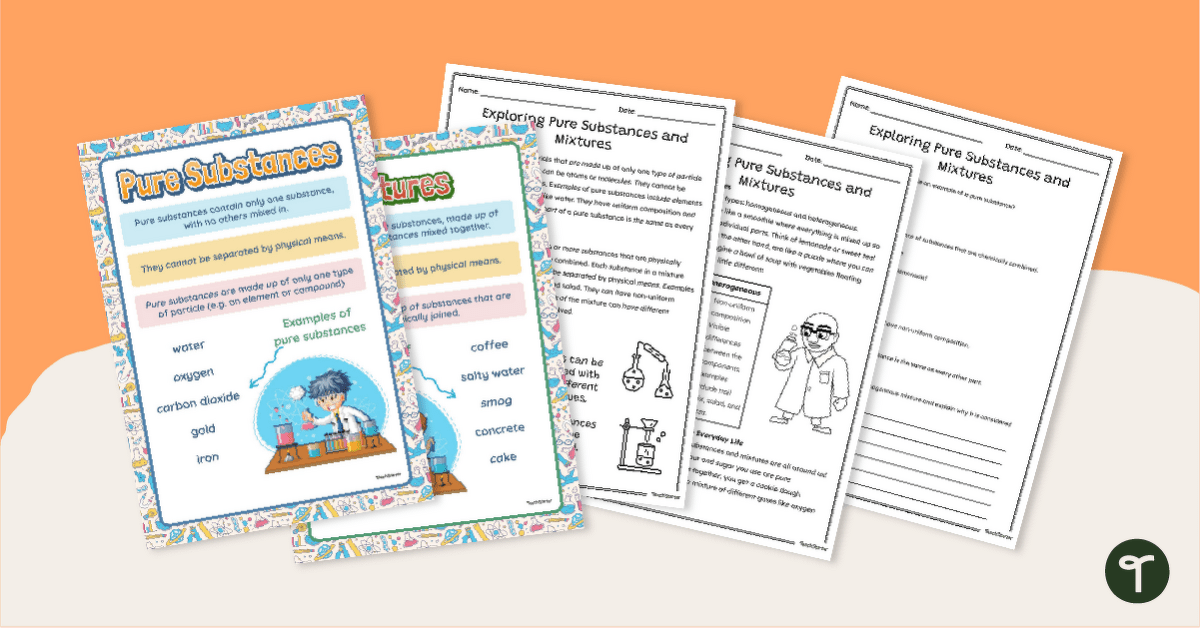
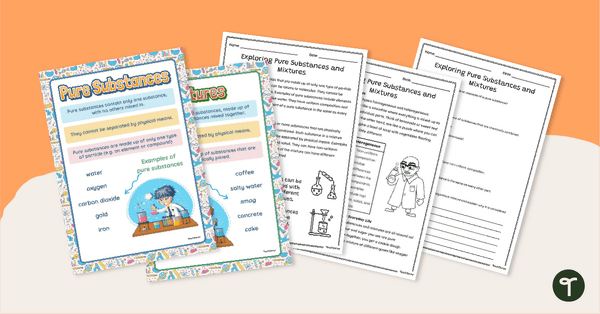

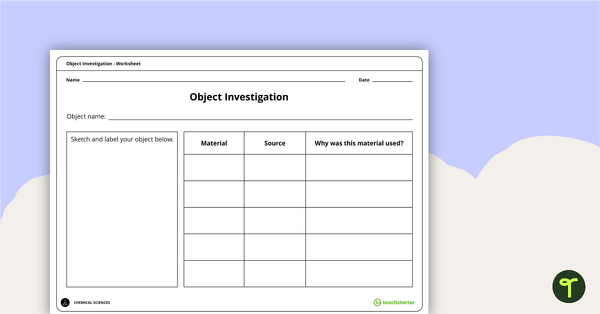
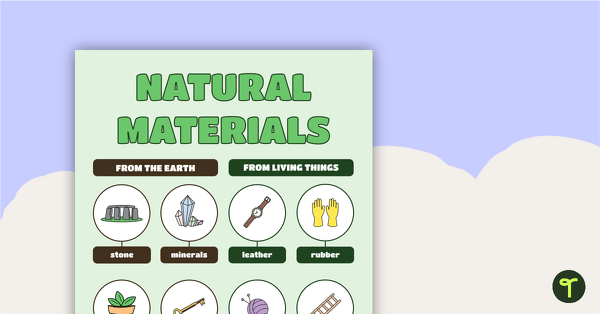
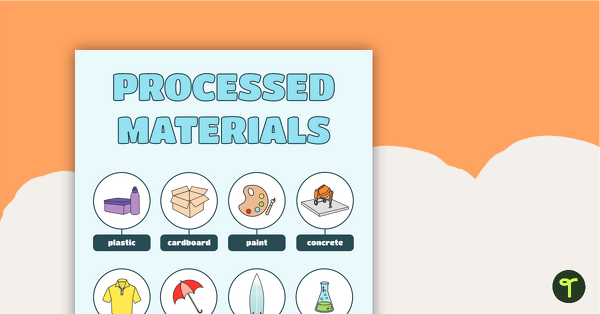

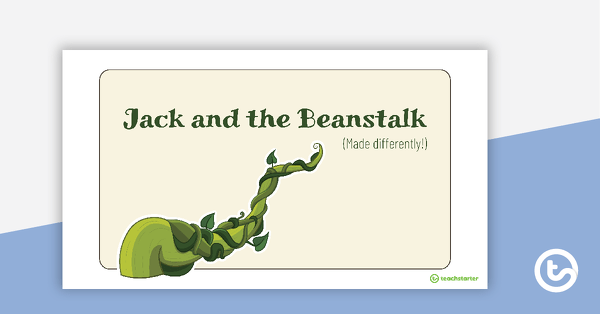
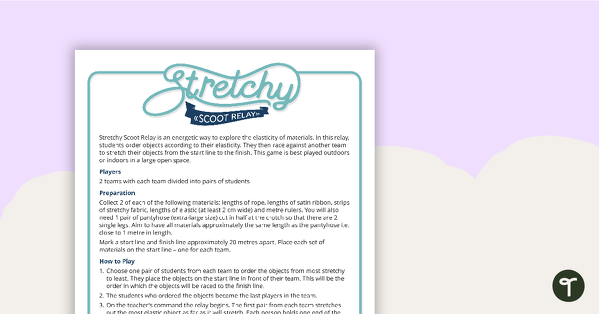
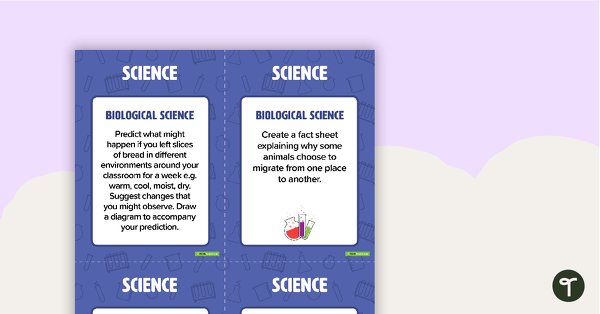
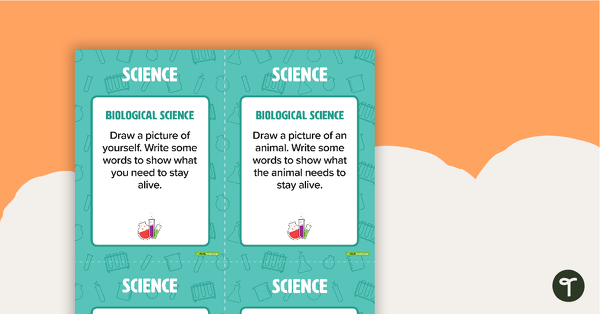
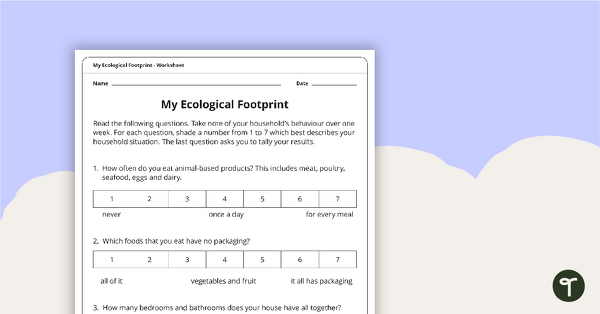
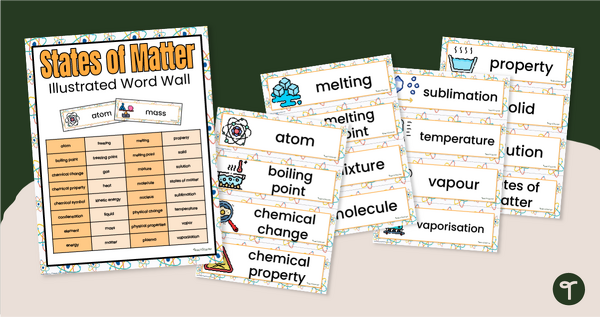
0 Comments
Write a review to help other teachers and parents like yourself. If you'd like to request a change to this resource, or report an error, select the corresponding tab above.